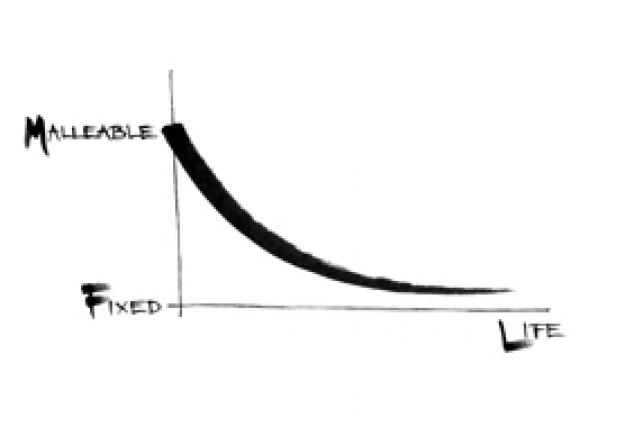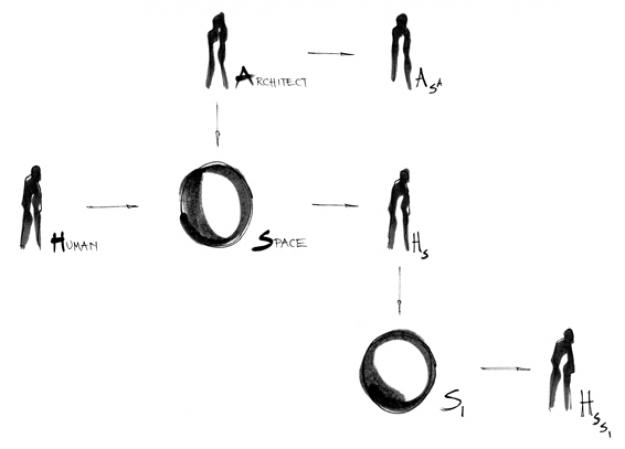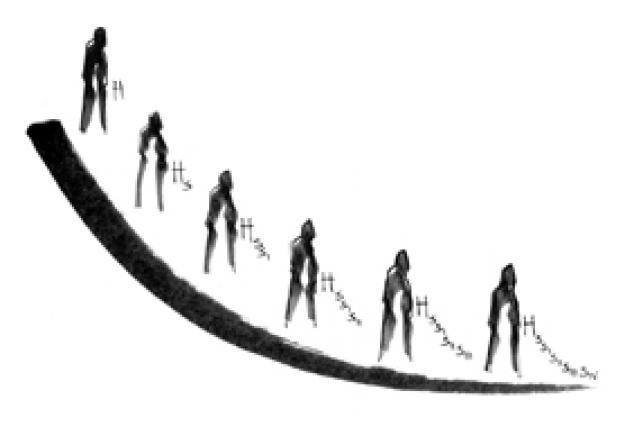Malleable mind and matter and reciprocal interpretation of spatial geometries in physical reality
Malleable mind and matter and reciprocal interpretation of spatial geometries in physical reality
Are buildings fixed objects?
Taking no time to reflect upon this, intuition tempts us to immediately focus on buildings as physical objects and interpret the term ‘fixed’ to refer to shape or materiality. A one-dimensional consideration could quickly and easily lead us to draw a conclusion and respond ‘yes, buildings are fixed objects.’ The truth, however, is that we have understandably fallen into the trap which architectural observation and contemplation have been lured towards; architecture tends to be self-referential, isolating itself from human life. Architecture, as a philosophy and a creative discipline, has severed itself from the reason it exists – human users. This solipsistic mode of theorizing and practicing runs in circles and will unlikely yield a deeper understanding of (architectural) space and buildings. The posed question of buildings’ fixity begs for a more complex analysis; pondering this needs to incorporate rather intricate thought. What a wonderful place from which to emerge a new architectural debate based on a relative rather than an absolute viewpoint.
We will use the duration of this philosophic-scientific research paper as a starting point and confront the question whether architecture is fixed not concerning spatial manifestation and tangible transformance in Euclidean space, but from the perspective of human perception. Our investigation straddles multiple disciplines and deals with epistemological and experiential topics, as well as cognitive and neuroscientific questions and experiments.
For further reading please see linked file(s)







